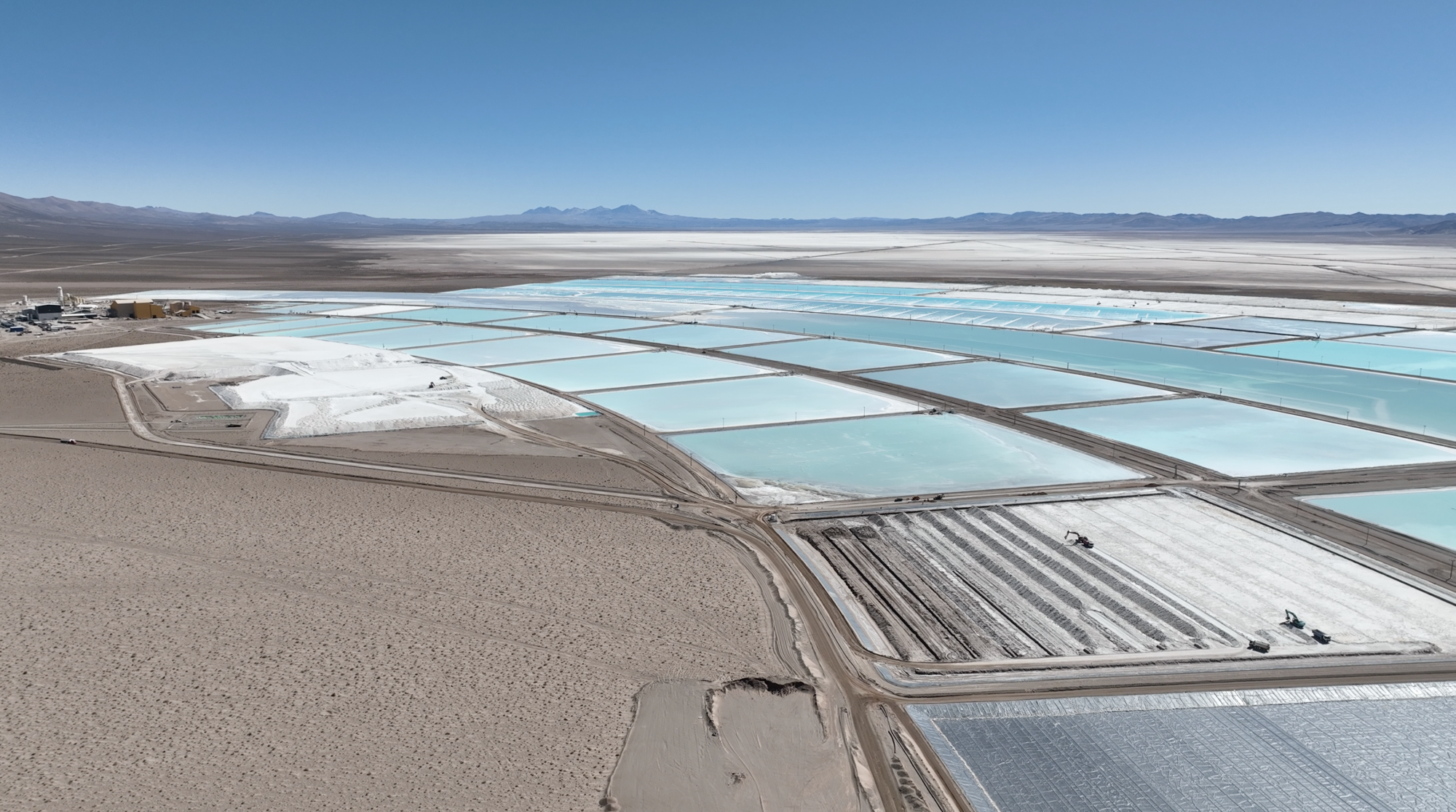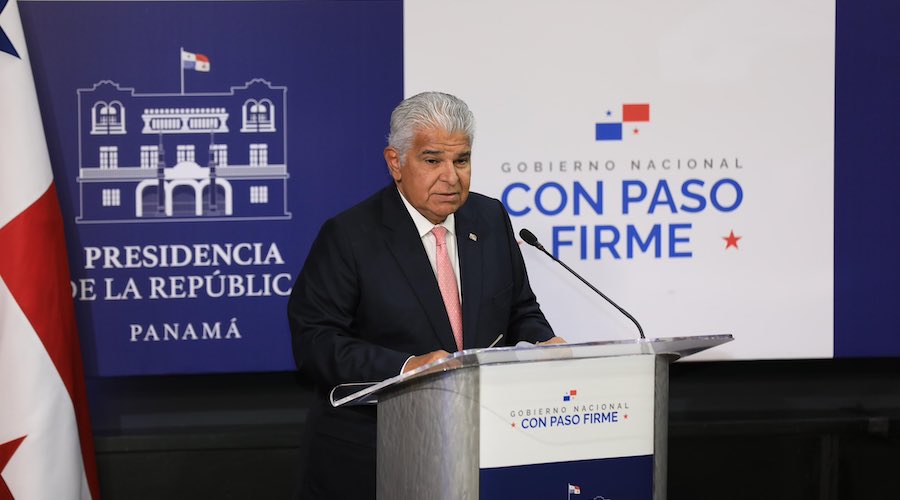Is this Nord Gold’s next takeover target?
Mergers and acquisitions in the gold mining space have increased in number across the last 12 months in line with the rising price of gold, and heading into the close of 2016, there are a number of potential buyout targets in the markets. Here’s one that looks under the radar right now, and why it might be an opportunity to pick up an exposure to the increased M&A activity.
Target: Columbus Gold Corp (TSX:CGT) (OTCQX:CBGDF)
Suitor: Nord Gold S.E (OTCMKTS:NRDVY)
Columbus Gold is a junior miner headquartered in Vancouver, with an exploration office in Nevada, and two primary assets – one in the US (Nevada) and one in South America (French Guiana). The Nevada project is promising, but early stage right now, and so for the purposes of this discussion (and because it’s where we believe the buyout thesis lies) we will focus on the French Guiana property.
It’s called the Paul Isnard Mountain d’Or project, and it’s located in the Isnard region of French Guiana – a region that has historically been very favorable for miners; at least, that is, when compared to other regions in South America or South Africa. This favorability derives from the stability and governmental structure afforded to the region through its French sovereignty, and by proxy, its legal uncoupling from many of the less stable economies that surround it.
Anyway, getting to the project specifically, Columbus has already completed a PEA at the asset. The PEA revealed that the property is capable of producing 273,000 ounces annually for the first decade of its production life, with a life of mine somewhere in the region of 13 years total. At this mine life, the resource should generate more than 3 million ounces, which at current prices puts the value of its lifetime resource at just short of $4 billion gross. Net present value for the mine, at a 5% rate, after tax, is estimated to be $450 million, and with a capital expenditure of $366 million, all in sustaining cash costs (AISC) for the resource come in at $711 per ounce.
With the price of gold on the rise, AISC is becoming slightly less important than it has been over the last half decade. At least, that is, it’s become less prohibitive. With this said, however, it’s still a very important metric as – bottom line – it’s going to determine the profitability of the resource in question.
The AISC at this property ($711 per ounce) is a very favorable rate. As long as gold continues to rise, everything is well, but if gold falls, these rates are subject to intense scrutiny, and at $711, the property has plenty of breathing room to maintain profitability against a backdrop of falling gold prices.
So what makes this one an interesting takeover target now, and why Nord Gold?
The company kicked off a Feasibility Study back in October 2015, and this study is expected to complete in February 2017. This, in itself, has the potential to be an upside catalyst, but for us, more importantly, it serves as a time threshold at which Nord Gold will take an interest in the project. On completion, Nord Gold will acquire up to 55%, and commit to funding constriction. If Columbus wants to participate, it can, and its royalty rate from production at the project will depend on the rate to which it does so. The smaller the participation, the more diluted its royalty.
We think there’s a good chance that – if the Feasibility Study comes out positive – Nord Gold will make a move for full control of the asset. We also think that the easiest method of taking full control is a buyout of Columbus.
We’re not basing this on speculation, either. Nord Gold, and its Russian billionaire majority stakeholder, acquired High River Gold Mines back in 2013 because it wanted to take control of the Taparko-Bouroum mine in Burkina Faso, a mine owned until that point by High River.
The latter now operates as a subsidiary of Nord Gold.
The takeaway here is that – as many readers will already be aware – Nord Gold isn’t the type of company to sit back and dish out partnership agreements. If the FS reinforces the numbers that underpin the PEA, whether Columbus wants it or not, there’s a good chance Nord will move to scoop up the company and – by proxy – the asset.
Columbus shareholder opinion of this potential might be mixed. If the project proves economic and profitable, a takeover may not turn out to have been in the company’s best interests. That is, longer term, Columbus shareholders may be foregoing value-add rooted in the abandoning of forward royalty revenues. On the other side of the coin, if Nord moves to take over the company, it will almost certainly do so at a double digit premium to current market cap (premiums across the space have ranged from 10% to more than 40% over the last twelve months) and this makes it a nice quick turnaround opportunity for the more short term view-holders.
More News
Rio Tinto buyout target Arcadium posts loss on falling lithium prices
Rio Tinto plans to create a standalone lithium division after it completes the $6.7 billion acquisition.
February 27, 2025 | 02:10 pm
Panama’s ‘novel ideas’ comments offer hope for giant copper mine
Speaking to reporters in Panama City Thursday, Jose Raul Mulino said he will visit towns near the mine that have been affected by its closure.
February 27, 2025 | 11:00 am
{{ commodity.name }}
{{ post.title }}
{{ post.excerpt }}
{{ post.date }}



Comments